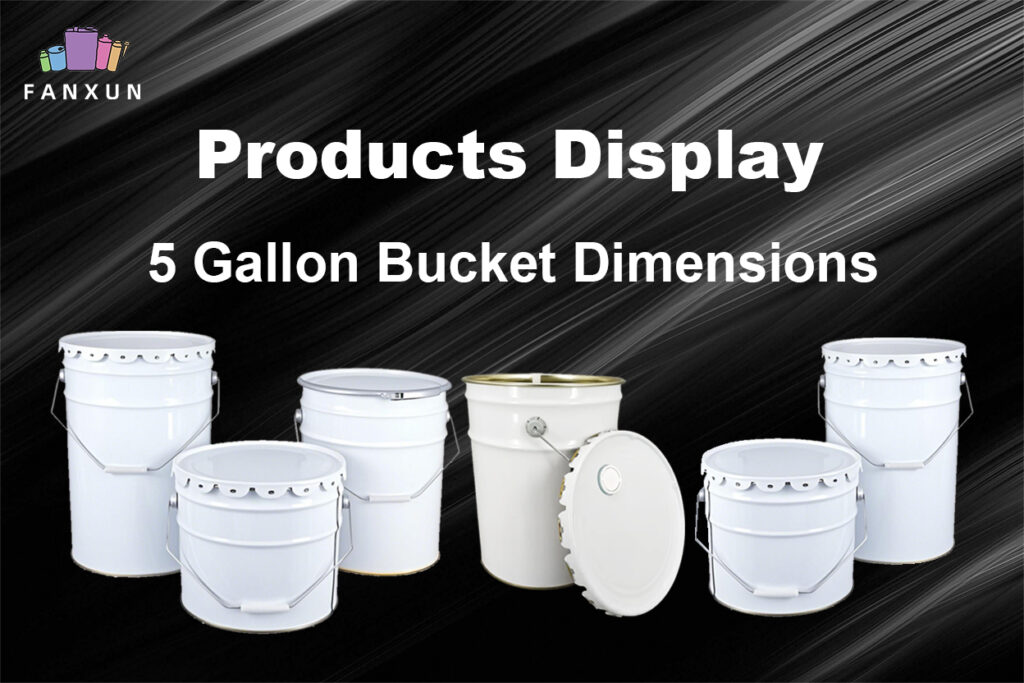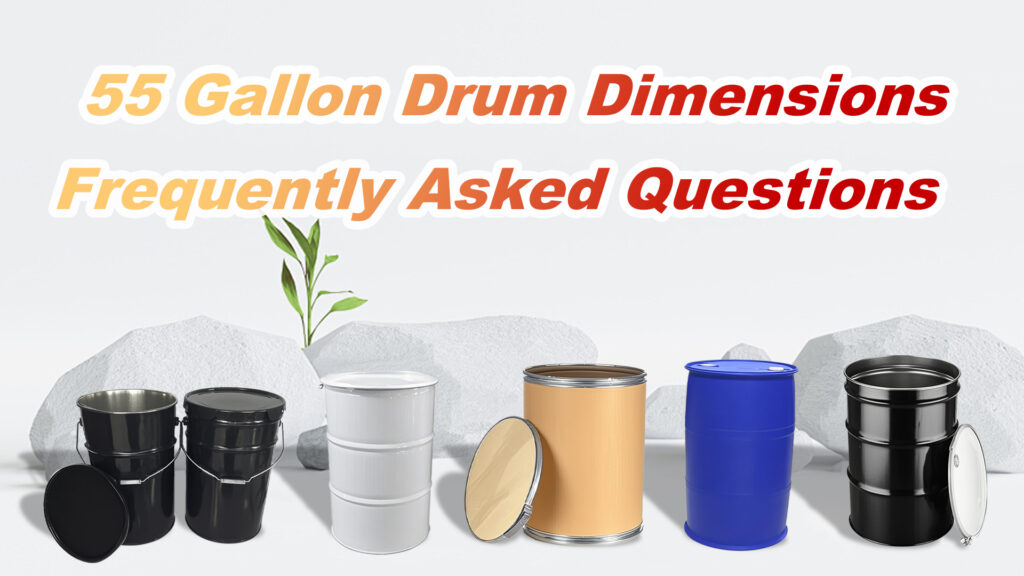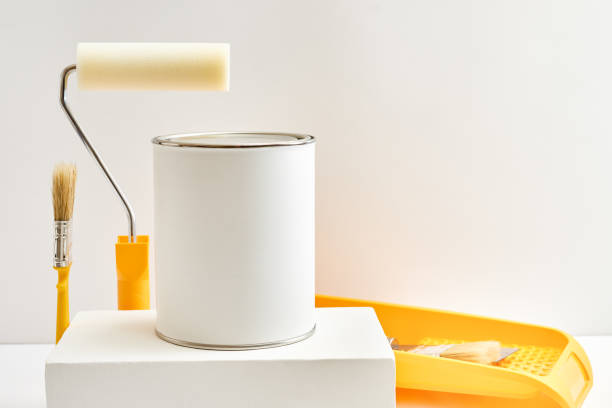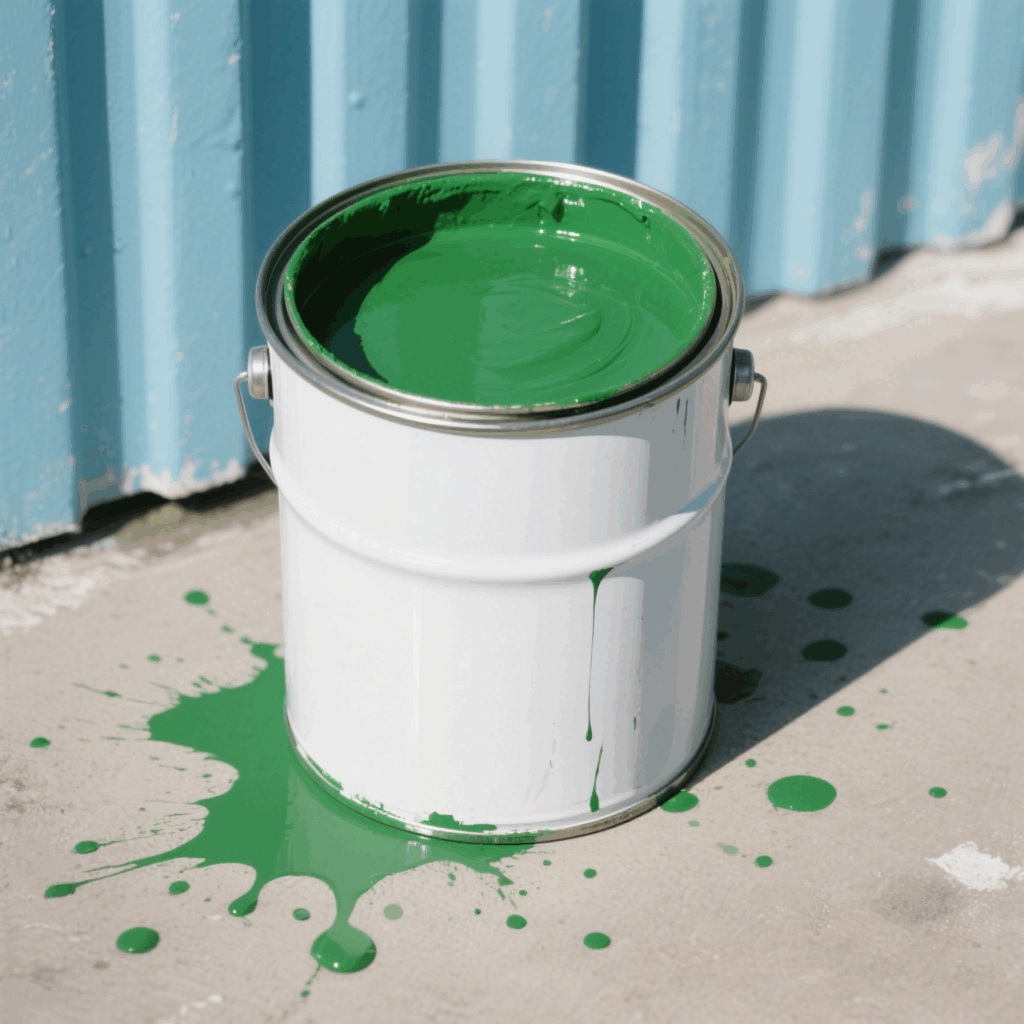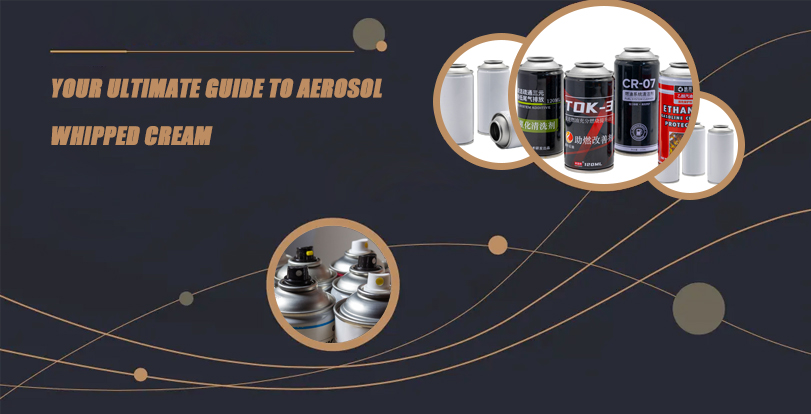Before we jump into the modern marvel of aerosol sunscreen sprays, it’s worth appreciating the centuries-long evolution of sun protection. Human beings have always tried to avoid sunburn, even if the science behind UV rays wasn’t known.
The Origin Story: A Brief History of Sunscreen Sprays
Ancient Attempts at Sun Care
-
Ancient Egyptians: Used extracts from rice bran, jasmine, and lupine to create rudimentary UV shields. These materials naturally contained compounds like ferulic acid that absorbed UV rays.
-
Greeks and Romans: Olive oil was popular, not necessarily as a sunblock, but as a soothing agent after sun exposure.
-
China and India: Herbal pastes and powders were used, some with zinc compounds.
Modern Sunscreen: The Birth of an Industry
The first commercial sunscreen was invented in the 1930s, with major development occurring during WWII. As recreational sunbathing surged in popularity post-war, so did the demand for convenient sun protection.
Aerosol Technology and the 20th Century Boom
-
1950s-60s: Aerosol cans became common in household goods—deodorants, sprays de cabelo, insecticides.
-
1990s: The first sunscreen aerosols were introduced.
-
2000s and beyond: The rise of travel culture, beach tourism, and outdoor fitness pushed sprays to the forefront.
Hoje, sunscreen sprays represent a multi-billion-dollar segment, driven by demand for speed, convenience, and non-messy application.
Behind the Spray: What’s Inside a Sunscreen Aerosol Can?
To users, it seems like magic: you push a nozzle and a cooling mist protects you from the sun. But let’s demystify it.
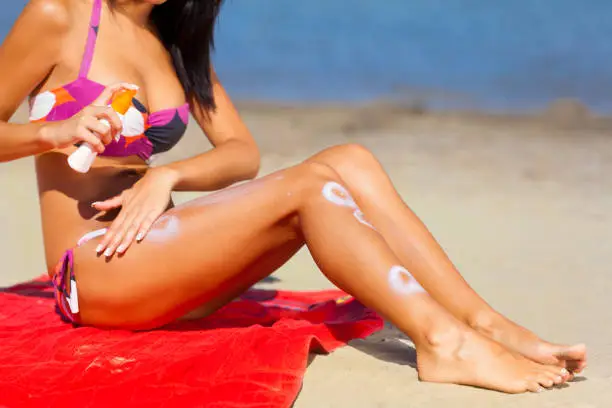
Active Ingredients
These provide the actual sun protection:
-
Chemical filters like avobenzone, octinoxate, homosalate: Absorb UV rays.
-
Physical filters like zinc oxide and titanium dioxide: Reflect UV rays off your skin.
Inactive Ingredients
These make the product usable:
-
Propellants: Butane, propano, isobutane—allow the sunscreen to be sprayed.
-
Emollients: Keep skin hydrated and help the sunscreen stick.
-
Solvents: Help blend ingredients and ensure even spraying.
-
Preservatives: Keep the product stable over time.
Optional Additions
-
Fragrances
-
Aloe vera or vitamin E for skin health
-
Cooling agents like menthol
What Makes Aerosol Sunscreens So Popular?
Let’s say you’re at the beach, kids are yelling, you’ve got sand everywhere, and your hands are already covered in food and sea salt. This is exactly why users swear by spray sunscreen.

Speed and Simplicity
No rubbing, no mess. Just spray and go. This appeals to everyone from busy parents to athletes.
“I can reapply while walking my dog—literally one hand, two seconds, done!” — User review
Full-Body Coverage
Reach your back without help. Coat your legs in seconds. Sprays work especially well for:
-
Hairy arms/legs
-
Hard-to-reach areas
-
Applying over makeup or tattoos
No Sticky Hands
Lotions can leave greasy residue, especially on phones, steering wheels, or clothes. Sprays avoid this, which is why travelers and commuters love them.
Spray Sunscreens Under the Microscope: Are They Safe?
There are some valid safety concerns with aerosol sunscreens. Let’s look at them honestly and from a user’s point of view.
1. Inhalation Risk
The mist from aerosol sunscreen contains fine particles, including chemical ingredients and propellants. If inhaled, they could:
-
Irritate the respiratory tract
-
Trigger asthma attacks
-
Be unsafe for toddlers or babies
Prática recomendada: Spray outdoors or in well-ventilated areas. Never spray directly on your face.
2. Fire Hazards
Aerosol cans use flammable propellants, and there have been cases of burns when users sprayed and then approached open flames or lit cigarettes.
Dica: Wait 2–3 minutes after spraying before cooking or lighting anything.
3. Environmental Concerns
Modern spray sunscreens don’t use ozone-damaging CFCs anymore, mas:
-
Propellants contribute to greenhouse gases.
-
Some chemical UV filters (like oxybenzone) harm coral reefs.
Choose reef-safe products labeled as such, especially when swimming in natural water bodies.
How to Use Aerosol Sunscreens Correctly (And Get the Promised Protection)
A shocking number of users don’t get the full SPF benefit from sprays because they use them wrong. Here’s how to get it right.

✅ Shake the Can Well
This mixes the formula and ensures even dispersal.
✅ Hold 4 para 6 Inches from Skin
Too far = product floats away. Too close = patchy application.
✅ Spray Until the Skin Glows
If it doesn’t shimmer, it’s not enough. Then rub it in, even if the label says “no need to rub.”
✅ Reapply Every 2 Hours
And immediately after:
-
Swimming
-
Excessive sweating
-
Towel-drying
✅ Special Note for Kids and Face Use
-
Spray onto your hands, then apply to the child’s face or your own.
-
Use lotion sunscreen for babies under 6 months.
Does Spray Sunscreen Expire?
YES.
Expired sunscreen is one of the top culprits of accidental sunburn. Here’s the truth:
Typical Expiry Timeline
-
2–3 years shelf life
-
Always check the “EXP” ou “MFG” date on the can
What Happens When It Expires?
-
UV filters degrade
-
Product separates or clumps
-
Spray mechanism may malfunction
You might not even realize it’s expired—until you’re red as a lobster.
Pro Tips
-
Armazene em um legal, Lugar seco
-
Avoid leaving it in hot cars
-
Replace yearly if you use it outdoors often
Real-World Scenarios Where Spray Sunscreen Shines
-
At the Beach: No sticky sand-on-lotion disaster
-
Camping: Quick reapplication on-the-go
-
Sports: Sweat-proof formulas stay on longer
-
Urban Daily Use: Lightweight facial mists layer well with makeup
Perguntas frequentes (Expanded)
Q: Are spray sunscreens as effective as lotion?
UM: Yes—if used correctly and in proper amounts. Underapplication is the biggest issue.
Q: Can I use it on children?
UM: Sim, but don’t spray near their faces. Consider lotion for babies and toddlers.
Q: Is there a difference between brands?
UM: Sim, especially in consistency, nozzle design, and ease of use. Some cans clog; others mist too lightly.
Q: What does “reef safe” mean?
UM: No oxybenzone or octinoxate—these are harmful to marine ecosystems.
Q: Can I carry spray sunscreen on a plane?
UM: Only in checked luggage or under 100ml in carry-on (check airline rules).
Why Choose FANXUN? Trusted by Brands Worldwide
As a global player in aerosol production, FANXUN doesn’t just manufacture sunscreen sprays—we help brands thrive in a competitive skincare market.
FANXUN Offers:
-
Customizable SPF levels from 15 para 100+
-
Different can sizes: 100ml travel-size to large 300ml family cans
-
Eco-conscious formulations
-
White-label & private-label services
-
Fast delivery and regulatory support across the U.S., EU, and Asia
Whether you’re a startup entering skincare or an established brand expanding into sun care, FANXUN delivers confiabilidade, consistency, and premium quality.
Conclusão
Aerosol sunscreen sprays are more than just a convenient trend—they’re a powerful tool for modern sun protection. From outdoor adventures to daily urban life, they offer unparalleled ease when used correctly.
But as with any powerful tool, proper understanding, usage, and sourcing are key. Know what’s in your can. Know how to apply it. And know where to get it.
FANXUN, as a world-class manufacturer and supplier, offers fully customizable aerosol sunscreen solutions that meet the highest standards of quality, segurança, and performance.
Your skin deserves nothing less.















